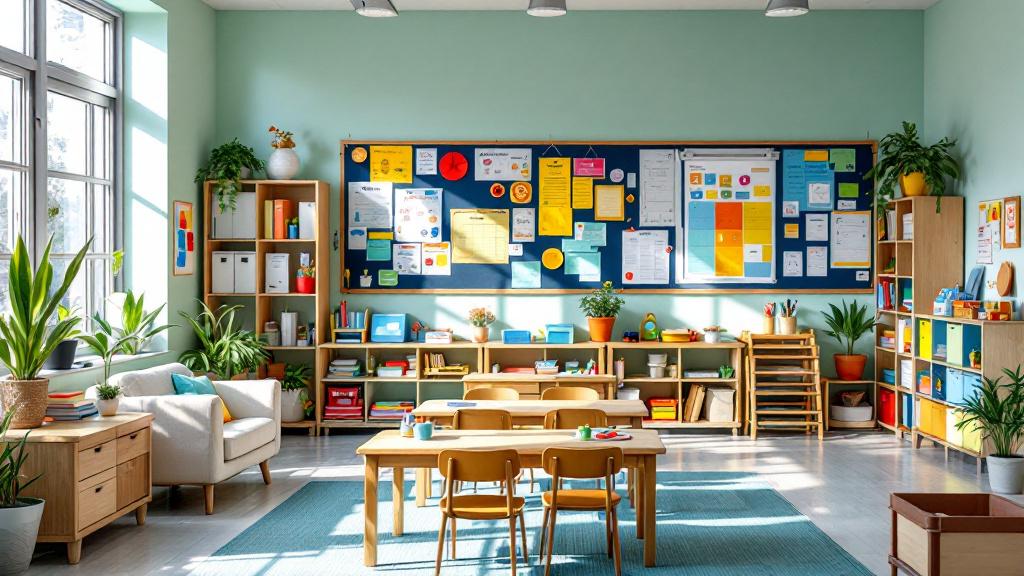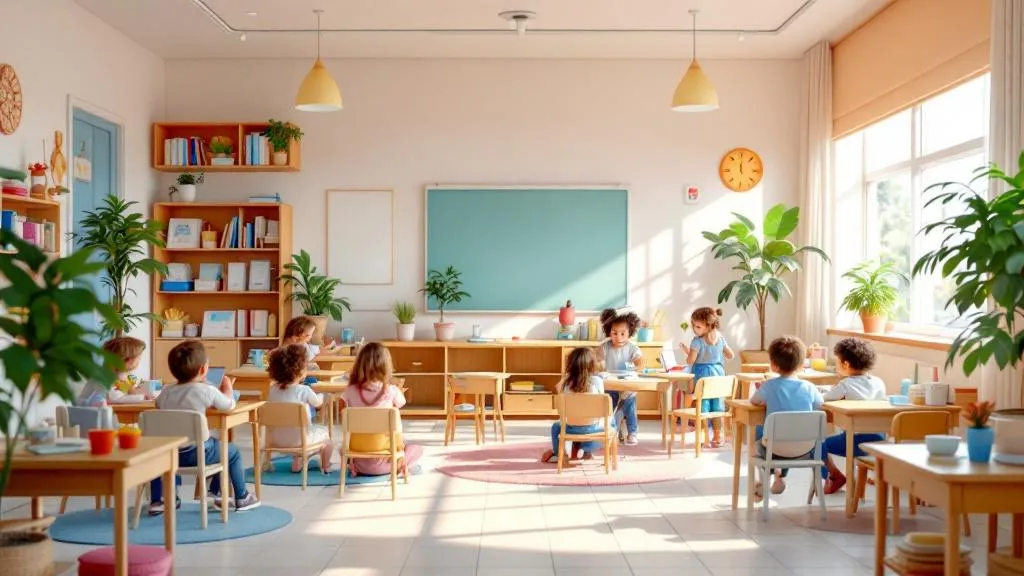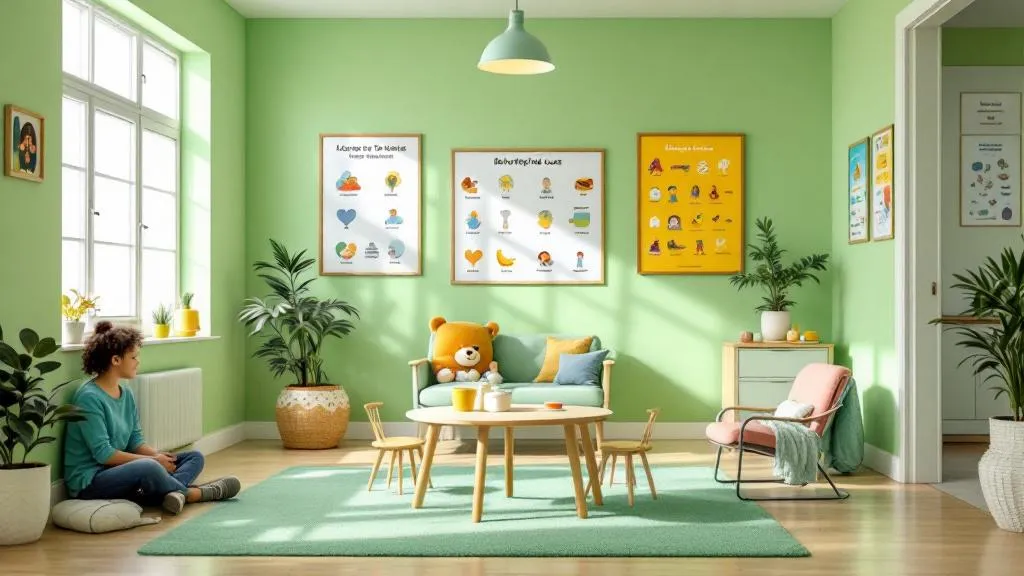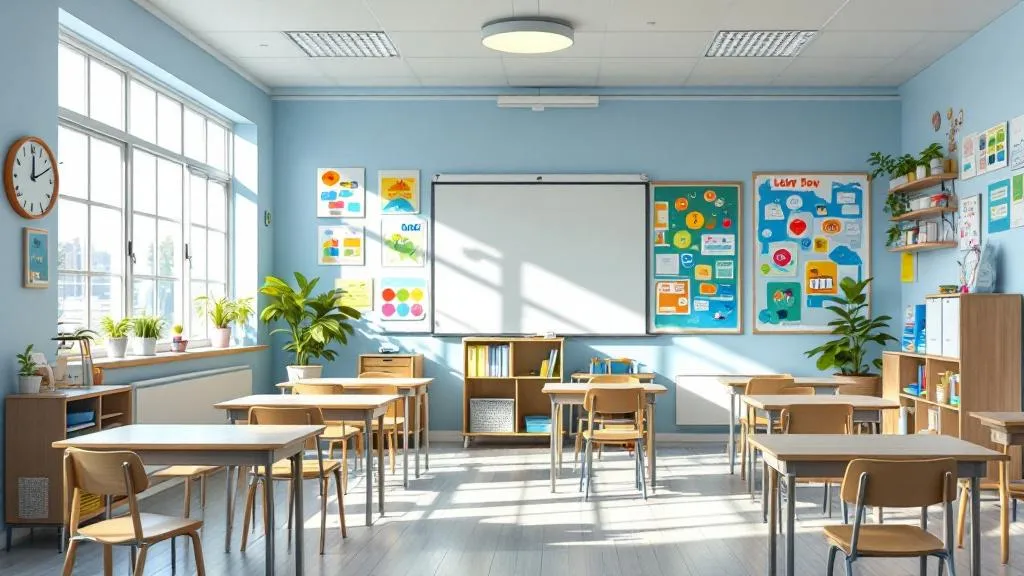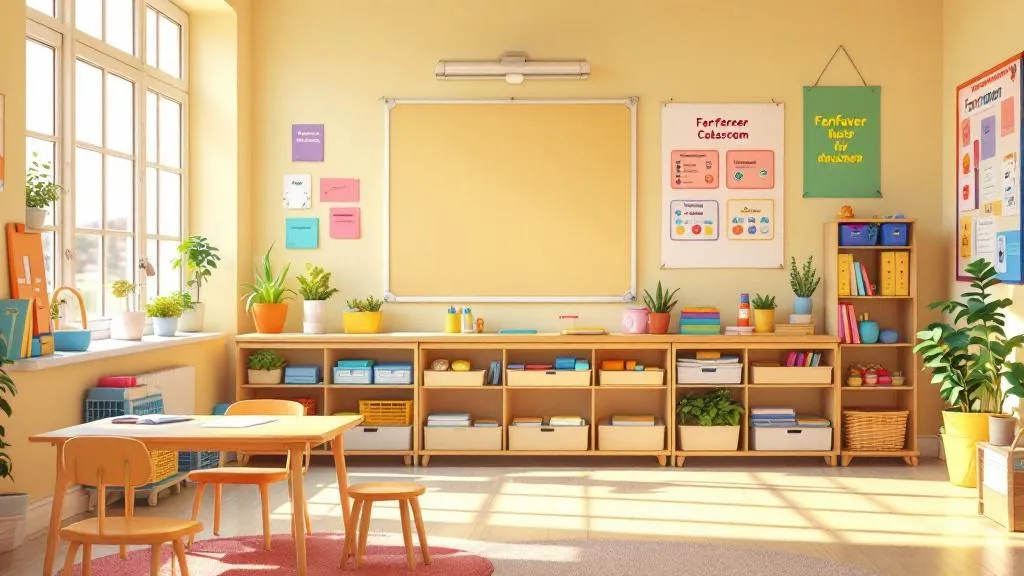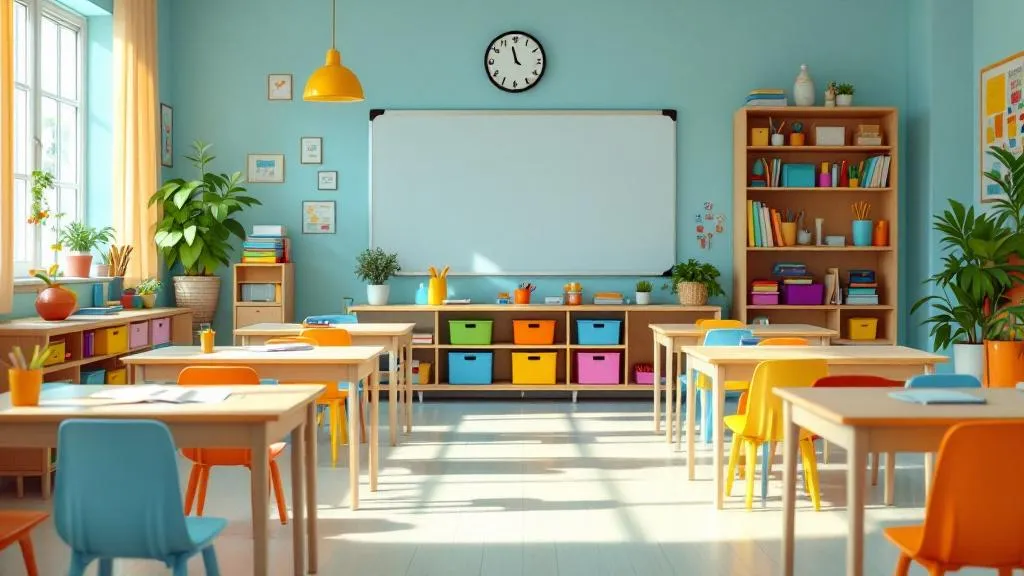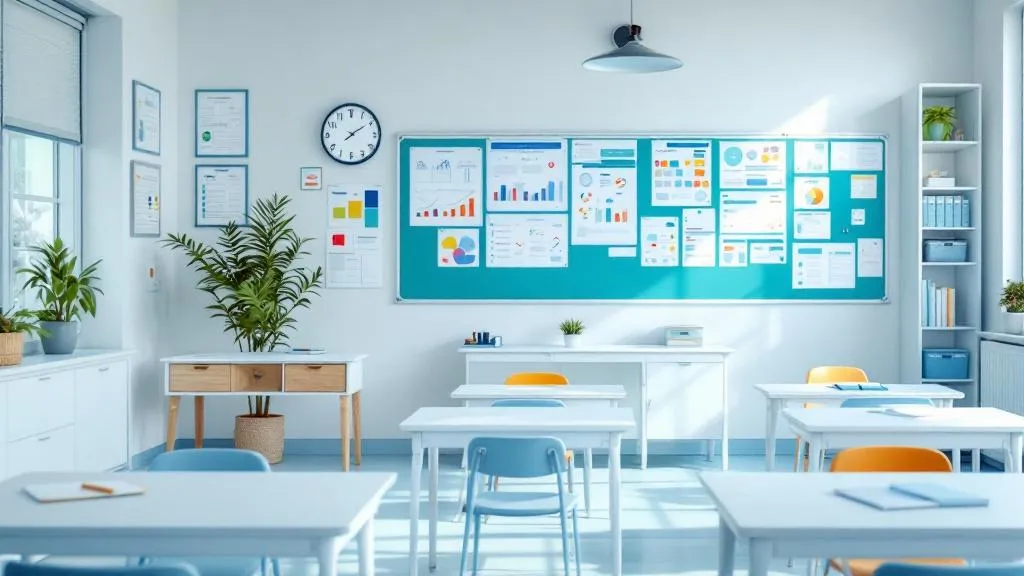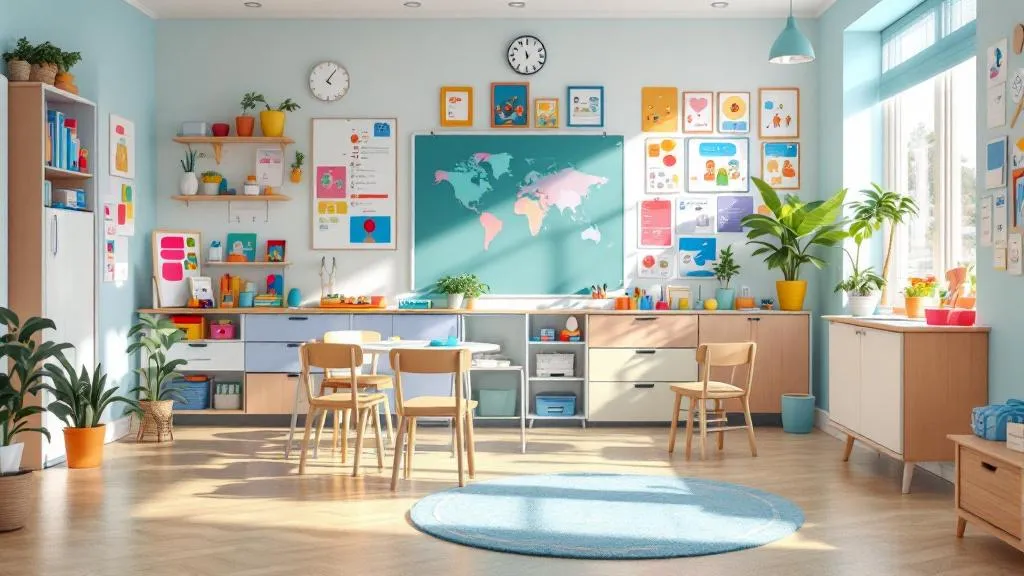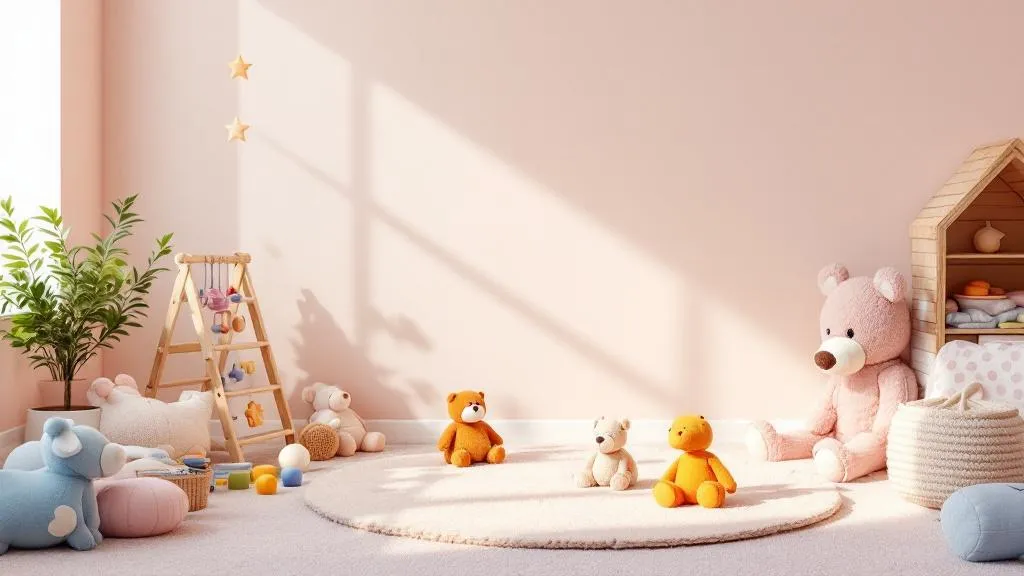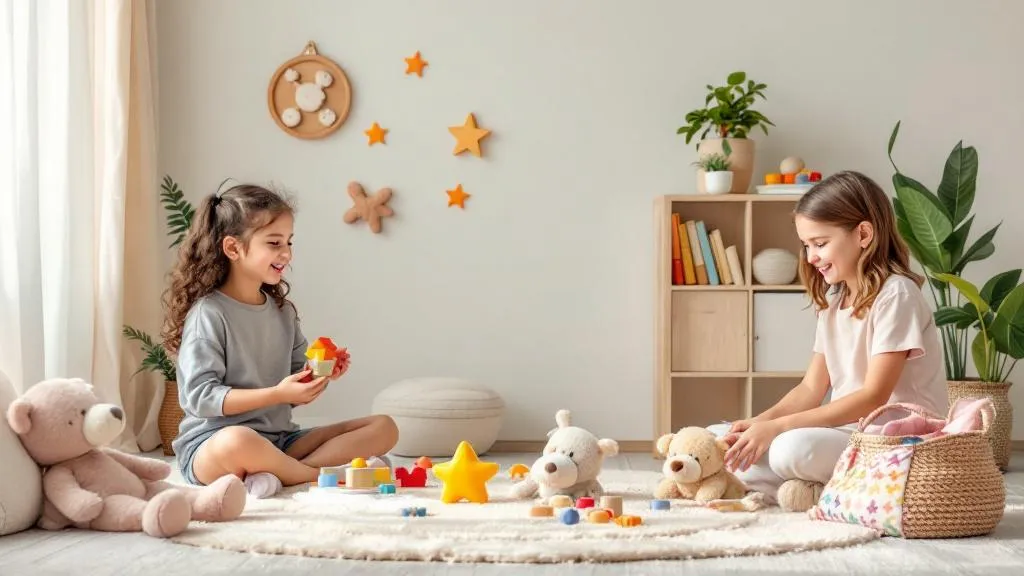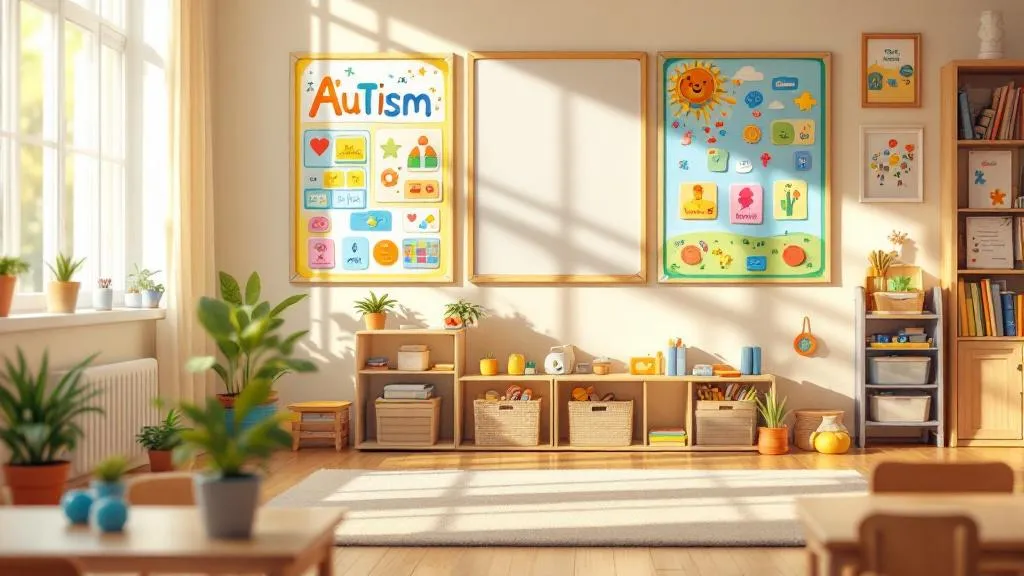Supporting attention span through ABA
Enhancing Focus: How ABA Transforms Attention span in Children with Autism

Introduction to Supporting Attention Span in Autism
Supporting attention span in children with autism is crucial for improving their learning, social interaction, and overall development. Applied Behavior Analysis (ABA) offers structured, evidence-based strategies that can significantly enhance focus and engagement. This article explores how ABA techniques are applied to support attention, the role of educational interventions, behavioral tools, and additional methods such as sensory integration and mindfulness.
Core Principles of ABA in Improving Attention
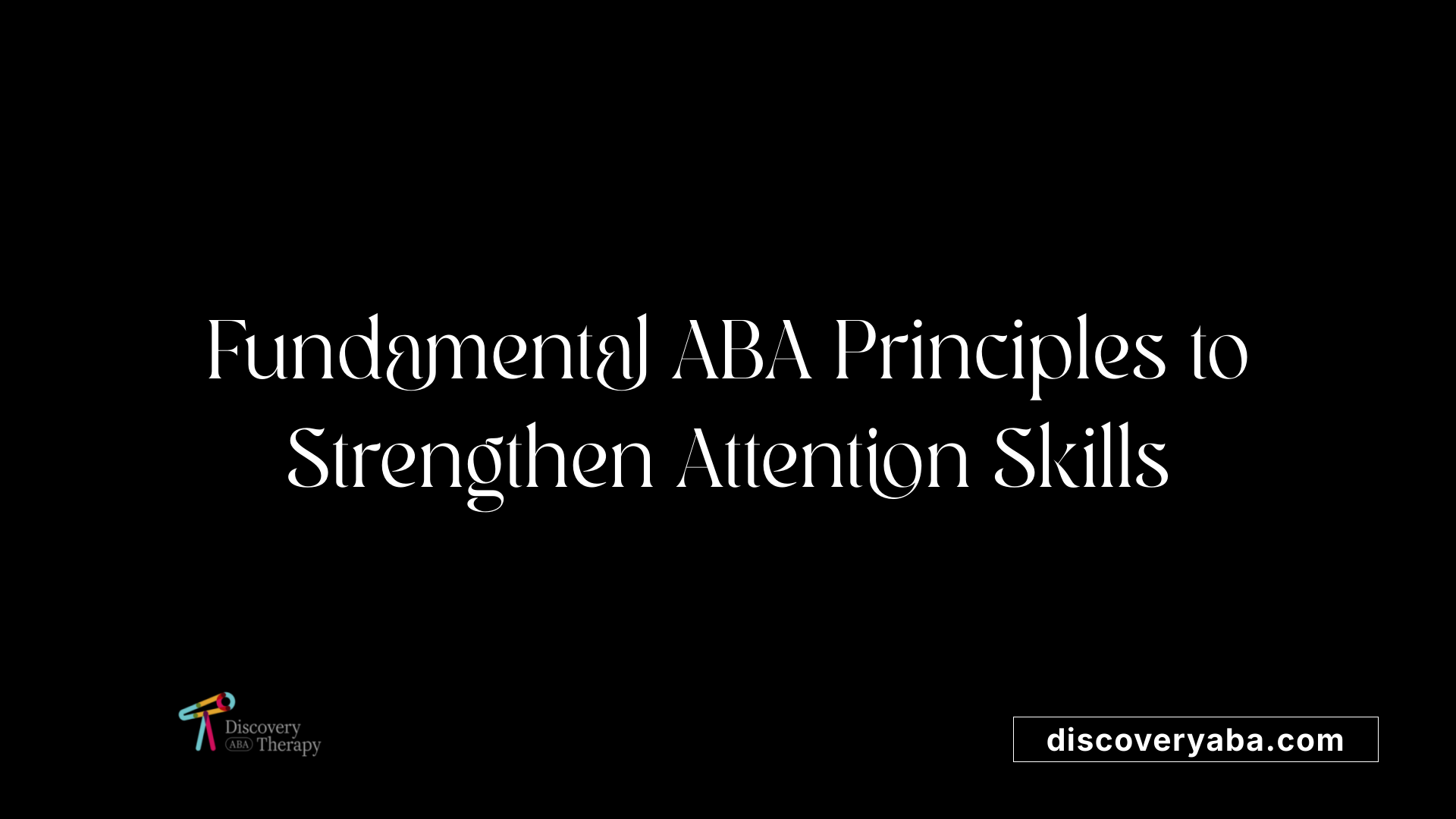
What is the role of ABA in addressing attention challenges in children with autism?
ABA, or Applied Behavior Analysis, is a structured approach that helps children with autism improve their focus through tailored teaching strategies. It works by identifying what causes attention difficulties and then teaching children more effective ways to concentrate.
This therapy employs techniques such as positive reinforcement—praising or rewarding children when they stay attentive—and modifying the environment to reduce distractions. Consistent use of ABA by trained therapists and caregivers facilitates the generalization of attention skills across different settings, helping children stay focused in classrooms, at home, and during social interactions.
How does ABA therapy support and improve attention span in children with autism?
ABA therapy enhances attention by breaking tasks into small, manageable steps. This approach prevents children from feeling overwhelmed and encourages them to focus on one part of a task at a time. Rewards like verbal praise, tokens, or other incentives motivate children to maintain their focus.
Structured sessions with predictable routines create a secure environment that minimizes unnecessary distractions. Sensory-friendly settings further support concentration by addressing sensory processing challenges common in autism.
In addition, activities that are engaging and age-appropriate, combined with collaboration with families, help tailor interventions to each child's unique needs. Over time, these strategies build confidence and extend attention spans, enabling children to focus longer and learn more effectively.
Practical strategies supported by research
- Break tasks into small time slots, gradually increasing duration.
- Use visual and auditory cues instead of lengthy instructions to direct attention.
- Incorporate brain breaks of 2 to 5 minutes.
- Create a predictable, organized environment with soft lighting and minimal noise.
By applying these principles, ABA creates a positive and supportive framework for improving attention in children with autism.
Techniques and Strategies to Manage Attention
 Managing attention span in children with autism involves various tailored strategies rooted in Applied Behavior Analysis (ABA) and sensory integration. Visual supports and cues are fundamental; picture schedules, visual prompts, and auditory cues help reduce anxiety and improve focus by making expectations clear and accessible.
Managing attention span in children with autism involves various tailored strategies rooted in Applied Behavior Analysis (ABA) and sensory integration. Visual supports and cues are fundamental; picture schedules, visual prompts, and auditory cues help reduce anxiety and improve focus by making expectations clear and accessible.
Creating sensory-friendly environments is equally important. Using sensory tools like textured toys, weighted blankets, or noise-canceling headphones can help regulate sensory input, preventing overload and enabling children to concentrate longer. Establishing quiet, organized, and softly lit spaces fosters a calming atmosphere conducive to learning.
Breaking down tasks into small, manageable steps encourages sustained attention. Taking larger tasks and dividing them into mini-activities allows children to focus on one aspect at a time, gradually increasing their endurance. Pairing this with structured routines and predictable schedules makes transitions smoother and reduces behavioral disruptions.
Incorporating regular brain breaks of 2 to 5 minutes is another effective approach. Short physical activities, sensory play, or relaxing exercises during breaks can recharge focus, decrease stress, and enhance overall attention. Engaging in activities like yoga, mirror play, or shape and color sorting not only stimulates multiple senses but also improves concentration, fine motor skills, and cognitive flexibility.
Educational strategies utilizing ABA emphasize positive reinforcement—praising successful focus and providing rewards motivates children and links attention to positive outcomes. Visual modeling, prompting, behavior chaining, and scaffolded learning build attention systematically, fostering independence.
Parents, teachers, and therapists collaborating to implement these methods can help children with autism develop longer attention spans and stronger focus, supporting lasting engagement and learning progress.
Incorporating Sensory and Physical Strategies
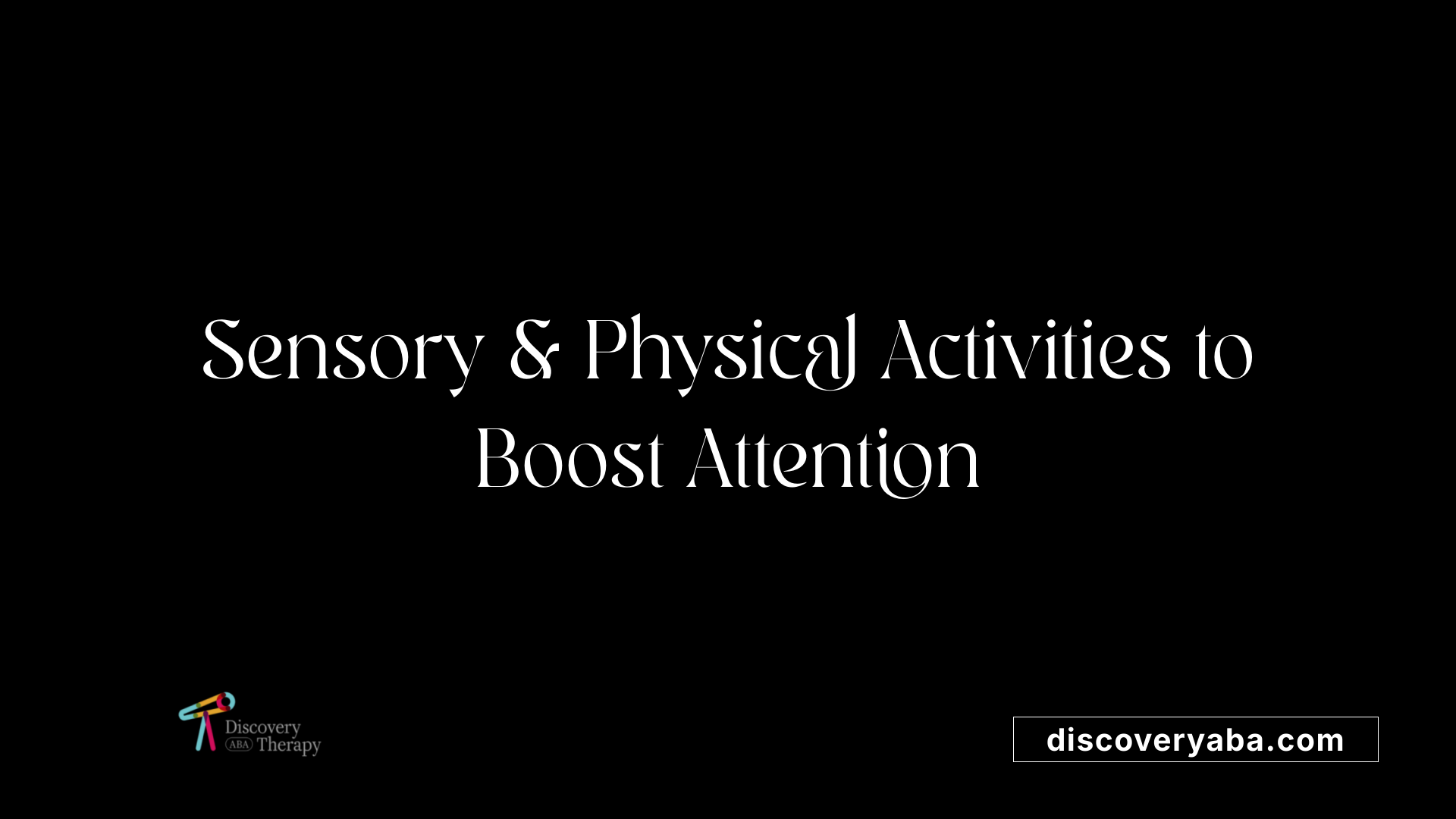
What behavioral strategies, activities, and tools powered by ABA can be used to enhance attention span?
Applied Behavior Analysis (ABA) offers several practical approaches to improve attention in children with autism. Reinforcing positive behaviors through praise and rewards encourages children to stay focused on tasks.
Using visual schedules helps children understand their routines, reducing confusion and distractions. Breaking tasks into small, manageable steps allows children to focus on one aspect at a time, building confidence and sustained attention.
Creating distraction-free environments and minimizing unnecessary stimuli further supports focus. Sensory activities such as tactile play, movement tasks, and visual modeling help children regulate their sensory input, which is vital for maintaining attention.
Engaging in art projects, memory games, and interactive media applications also sustain interest. Tailoring these activities to the child's developmental level and sensory preferences makes interventions more effective and ensures ongoing progress.
How does physical activity and sensory integration improve attention in children with autism?
Physical activities like yoga, sensory diets, and sensory play not only promote movement but also provide necessary sensory input that can help regulate overstimulated or understimulated sensory systems.
Activities such as yoga include breathing exercises and postures that improve self-awareness and emotional regulation. Sensory diets—customized routines involving specific sensory activities—normalize sensory processing, reducing hyperactivity and impulsivity.
Incorporating sensory play, for example, glow-in-the-dark activities, finger painting, or animal walking, delivers multi-sensory stimulation, which can boost focus and attention during tasks.
These strategies play a significant role in helping children self-regulate and maintain attention by creating a balanced sensory environment.
What role does mindfulness have in supporting attention in children with autism?
Mindfulness exercises involve practices like breathing techniques, guided meditation, and grounding activities that foster self-awareness and emotional control.
Implementing mindfulness routines within ABA sessions can help children become more aware of their attention focus and reduce hyperactivity.
Studies indicate that mindfulness programs can improve orienting attention and executive functions, making it easier for children to stay engaged. Additionally, mindfulness reduces stress and anxiety levels, which often interfere with sustained attention.
Regular mindfulness practice supports overall attentional control, allowing children with autism to better participate in learning activities and daily interactions.
Environmental and Routine Modifications
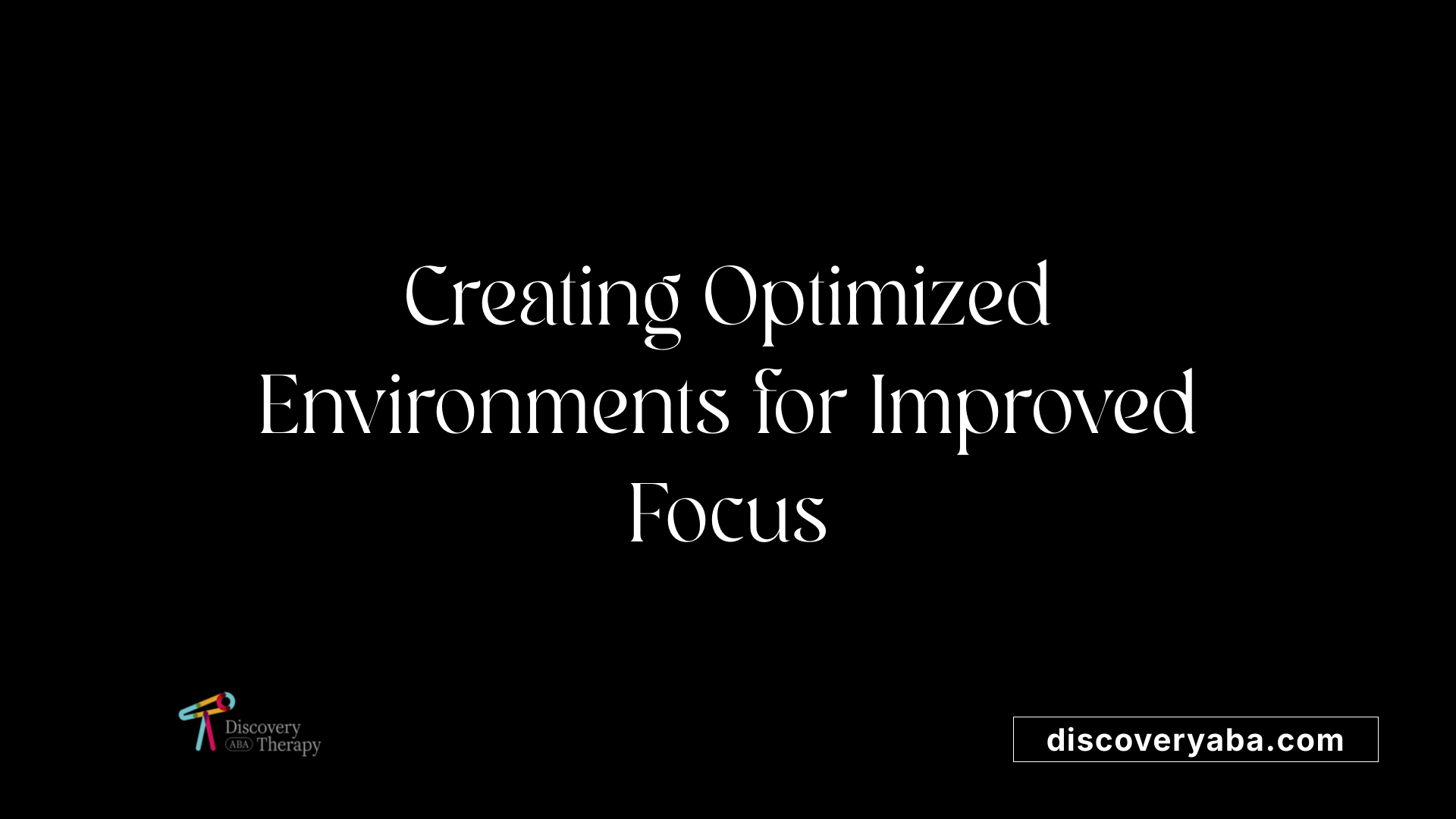 Creating an environment tailored to the needs of children with autism is fundamental to supporting their attention span. A quiet, organized, and softly lit workspace helps minimize distractions, allowing children to focus better. Incorporating sensory-friendly tools and scheduled breaks can prevent sensory overload and keep focus sustained.
Creating an environment tailored to the needs of children with autism is fundamental to supporting their attention span. A quiet, organized, and softly lit workspace helps minimize distractions, allowing children to focus better. Incorporating sensory-friendly tools and scheduled breaks can prevent sensory overload and keep focus sustained.
Implementing predictable routines and visual supports, such as schedules, charts, or picture cues, helps children understand what to expect throughout the day. These visual cues decrease uncertainty and reduce anxiety, making transitions smoother and fostering longer engagement with tasks.
Limiting screen time is another crucial aspect. Excessive exposure to screens can negatively impact attention and cognitive growth in children with autism. Parents should set clear boundaries on screen use, choose high-quality and educational content, and engage children interactively during screen time.
In addition to managing screen exposure, attention is also influenced by sleep quality. Disruptions in melatonin levels due to screen exposure and irregular sleep environments can challenge focus. Creating a comfortable and dark sleep space, along with consistent sleep routines, supports better rest and, consequently, improved attention during waking hours.
In summary, environmental adjustments like a calm workspace, structured routines, visual supports, and controlled screen time, combined with good sleep hygiene, form a comprehensive strategy to enhance attention in children with autism. These modifications not only help reduce overstimulation but also foster a secure and predictable learning atmosphere, vital for promoting sustained focus.
Additional Interventions and Collaboration
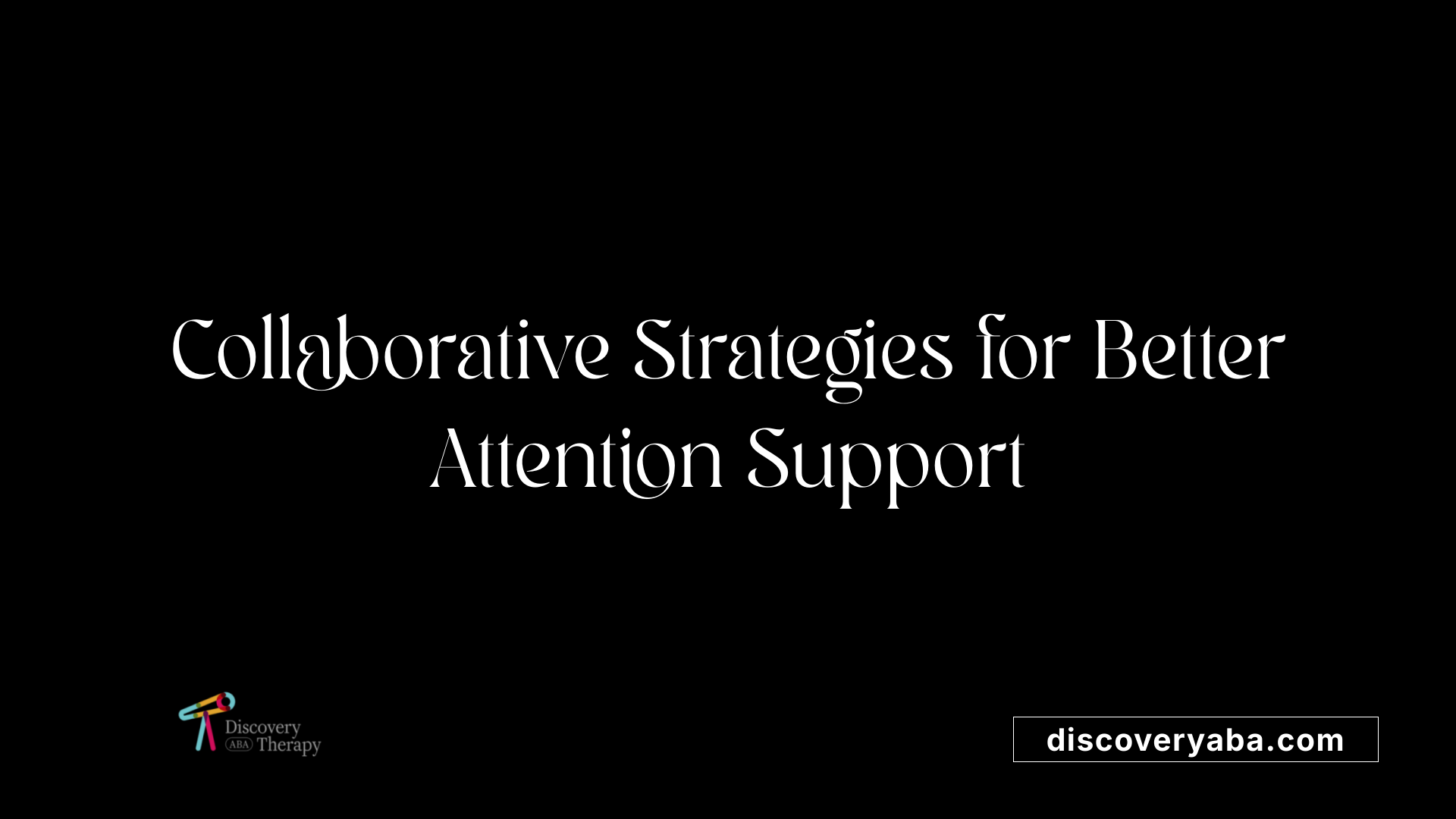
Why is collaboration with professionals essential for supporting attention in children with autism?
Effective support for a child's attention span requires a team effort. Trained therapists, educators, and caregivers play a vital role when working together. Their collaboration ensures that interventions are tailored to the individual child's needs, consistent reinforcement occurs, and learned skills are generalized across different settings. This coordinated approach maximizes the chances of improving attention and fostering positive developmental outcomes.
How can diverse activities like art, yoga, and sensory play complement ABA strategies?
Incorporating activities such as art, yoga, and sensory play can significantly enhance traditional ABA methods. Art activities like coloring and drawing promote focus and fine motor skills. Yoga introduces physical movement and breathing exercises that can reduce hyperactivity and improve attention control. Sensory play activities—like glow-in-the-dark games or tactile exploration—help regulate sensory processing, reducing overload and supporting sustained attention. These engaging, multisensory experiences help children with autism stay motivated and emotionally balanced.
Monitoring progress and adapting strategies
Consistent tracking of a child's development is crucial. Using specific assessment tools, observational data, and feedback from caregivers and professionals allows for regular evaluation of how well strategies are working. When progress stalls or regresses, these insights enable necessary modifications. Over time, this adaptive approach ensures interventions remain effective, helping children build stronger attention skills and confidence.
| Intervention Type | Method of Implementation | Purpose | Additional Notes |
|---|---|---|---|
| Professional collaboration | Regular meetings and shared goals | Consistency and tailored strategies | Essential for holistic support |
| Art, yoga, sensory play | Scheduled activities integrated into routines | Engagement, sensory regulation | Supports emotional well-being |
| Monitoring progress | Formal assessments and informal observations | Adjust interventions | Ensures sustained improvement |
Supporting attention in children with autism involves a blend of structured strategies, sensory activities, and collaborative efforts. Regular evaluation and willingness to adapt methods are vital for fostering growth and maintaining motivation.
Conclusion: Building Better Focus Together
Supporting attention span in children with autism through ABA requires a multifaceted approach integrating behavioral strategies, sensory regulation, structured routines, and collaboration among professionals and families. Tailoring interventions to each child's unique needs and continuously monitoring progress ensures sustained improvements in focus and engagement, fostering greater independence and quality of life.
References
- Improving Attention Span in Children with Autism Through ABA ...
- Managing Short Attention Spans in the Classroom
- The Impact of Autism on Attention Span - SkyCare ABA
- Short Attention Span in Children with Autism Explained
- Activities to Help Improve Attention Span in Autism
- Improving Attention Span in Children with Autism Through ABA ...
- The Impact of Autism on Attention Span - SkyCare ABA
- Effective Strategies for Autism & Attention Span Improvement
- Short Attention Span in Children with Autism Explained
Does Your Child Have An Autism Diagnosis?
Learn More About How ABA Therapy Can Help
Find More Articles
Contact us
North Carolina, Nevada, Utah, Virginia
New Hampshire, Maine
Arizona, Colorado, Georgia, New Mexico, Oklahoma, Texas
.avif)































